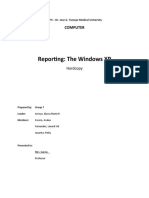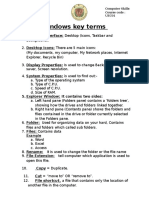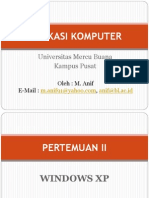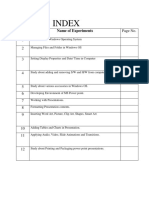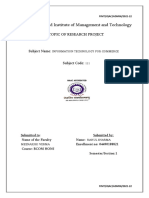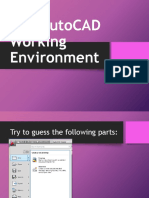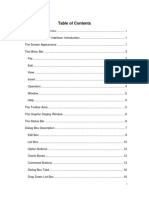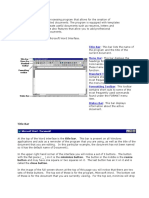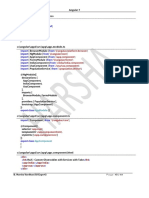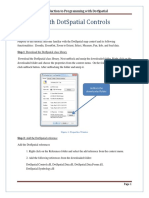0% found this document useful (0 votes)
41 views27 pagesChapter 2B (Operating System XP)
Chapter 2 introduces Microsoft Windows XP, explaining the role of an operating system and the graphical user interface (GUI) that allows user interaction. It covers essential components such as the desktop, taskbar, and file management features, including creating and managing folders. The chapter also discusses logging on and off, as well as searching for files and folders within the system.
Uploaded by
kabeerahme49Copyright
© © All Rights Reserved
We take content rights seriously. If you suspect this is your content, claim it here.
Available Formats
Download as PPT, PDF, TXT or read online on Scribd
0% found this document useful (0 votes)
41 views27 pagesChapter 2B (Operating System XP)
Chapter 2 introduces Microsoft Windows XP, explaining the role of an operating system and the graphical user interface (GUI) that allows user interaction. It covers essential components such as the desktop, taskbar, and file management features, including creating and managing folders. The chapter also discusses logging on and off, as well as searching for files and folders within the system.
Uploaded by
kabeerahme49Copyright
© © All Rights Reserved
We take content rights seriously. If you suspect this is your content, claim it here.
Available Formats
Download as PPT, PDF, TXT or read online on Scribd
/ 27

